If you haven’t taken the time to research the history and the technological development of firearms, it can be a fascinating study. One reason is just how amazing the differences between older firearms models and the current newer technology sometimes is. A second reason is to realize how much changes in firearms technology affected history (if you’re a history buff like me).
A third reason, though, is that it can be a real surprise how similar, in some ways, older firearms technology is to “newer” technology in terms of their usefulness.
To clarify what I mean by this third point, let’s take a look at a classic revolver which was incredibly popular in the days of the post-Civil War old west: the Colt 1851 Navy. Sheriff Jim Wilson writes,
Manufactured from 1851 to 1873, the Navy was a 2 1/2-pound, single-action revolver with a 7 1/2-inch barrel. It was chambered in .36 caliber and could be loaded with conical bullets or round balls. In the 22-year period of manufacture, Colt produced over 200,000 of the guns, making it one of the most popular Colt revolvers ever.
Now, there’s nothing in this information, so far, that might catch your eye in terms of similarity to modern firearms’s performance. It is interesting, though, that Wilson notes that famous folks such the Texas Rangers and explorer Sir Richard Burton favored the 1851 Navy.
But when Wilson starts discussing “Wild Bill” Hickok, it might get your attention. Wilson writes,
In 1865, Hickok had a difficulty with Davis Tutt in Springfield, Missouri. Some say it was over a woman, while other suggest it was caused by a gambling debt. Regardless, they met one morning on the town square. Tutt took a shot at Hickok as soon as Wild Bill came into view, and Tutt missed. Hickok raised his 1851 Navy and fired one shot, hitting Tutt in the heart at approximately 75 yards.
Think about that: while being shot at, using a revolver, Hickok hit his adversary in a vital organ at 75 yards. Many shooters these days would be happy to hit a target on a range at that distance with a modern pistol, but that’s not while being shot at.
Certainly, that accuracy says a lot about Hickok’s skill as a shooter, but it also says a lot about the ability of the 1851 Navy to be accurate at that range.
Then, there’s also the power of the cartridge in the 1851 Navy. Again from Wilson:
In my ignorance, I have always equated the .36 caliber Navy with the standard velocity .38 Special cartridge as far as power and performance goes. Well, excuse me! Further study shows that the 1851 Navy would send an 80 grain ball downrange at somewhere between 900 and 1000fps. My friends, that is .380 ACP performance.
That’s right, the 1851 Navy had acceptable stopping power by today’s standards for defensive gun use.
And, at the time of this writing, the design for that revolver is 121 years old.
In some ways, the more things change, the more they stay the same. I can’t always say that about all pistol designs, but the legacy of the 1851 Navy in terms of power and accuracy certainly seems to be what current manufacturers are aiming for. It is a fascinating firearm with a fascinating history.


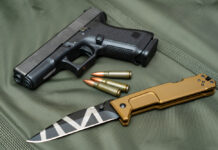




![Are Compensators Worth It? [Video]](https://preparedgunowners.com/wp-content/uploads/2025/07/Depositphotos_815431992_S-218x150.jpg)


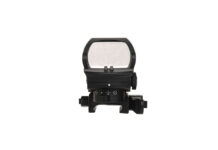
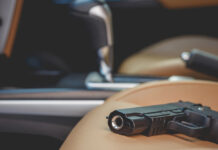
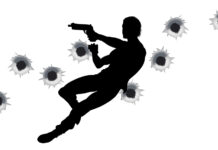

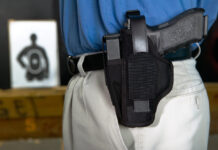
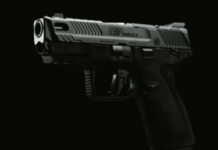
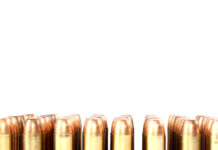
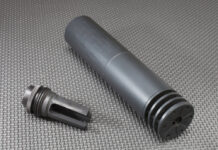
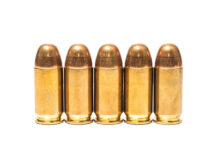

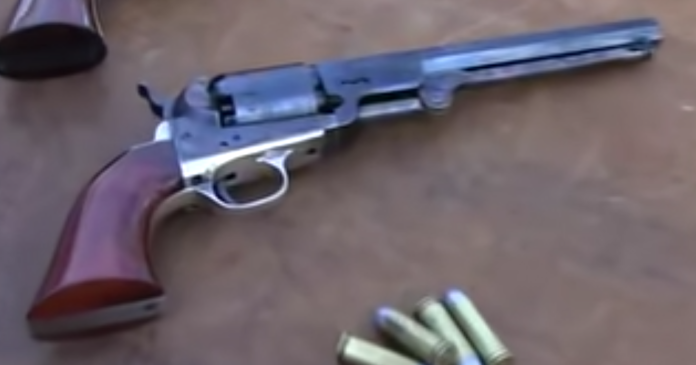
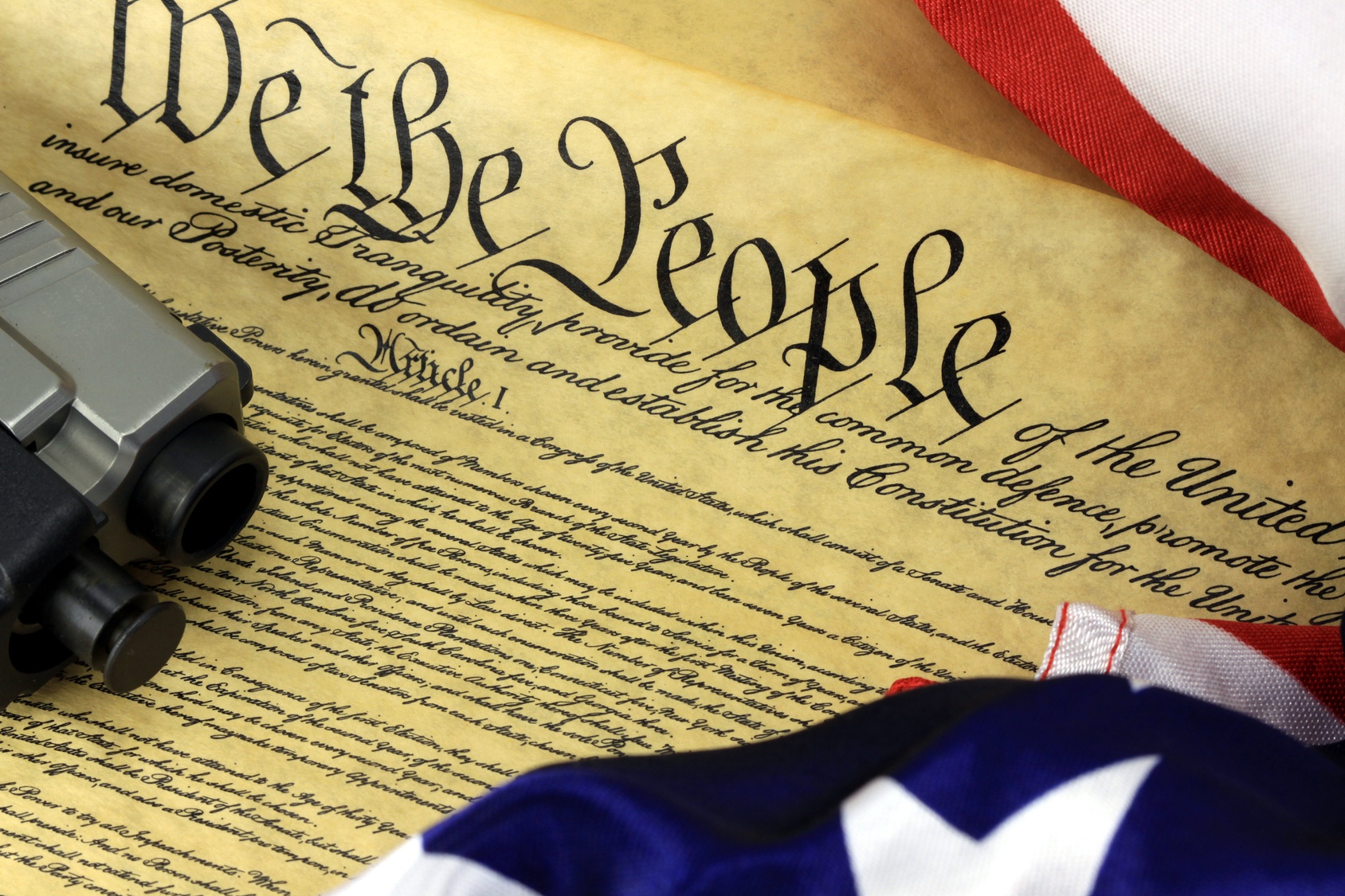









![Optic Ready vs Milled slides? [Video]](https://preparedgunowners.com/wp-content/uploads/2024/02/image-3-100x70.png)
![[Checklist] What Gear You Need To Take Pistol, Rifle & Shotgun Training Courses [Video]](https://preparedgunowners.com/wp-content/uploads/2023/07/Depositphotos_275087632_L-100x70.jpg)
![What is in Carter’s 2023 EDC? [Video]](https://preparedgunowners.com/wp-content/uploads/2023/07/Depositphotos_146856137_L-100x70.jpg)
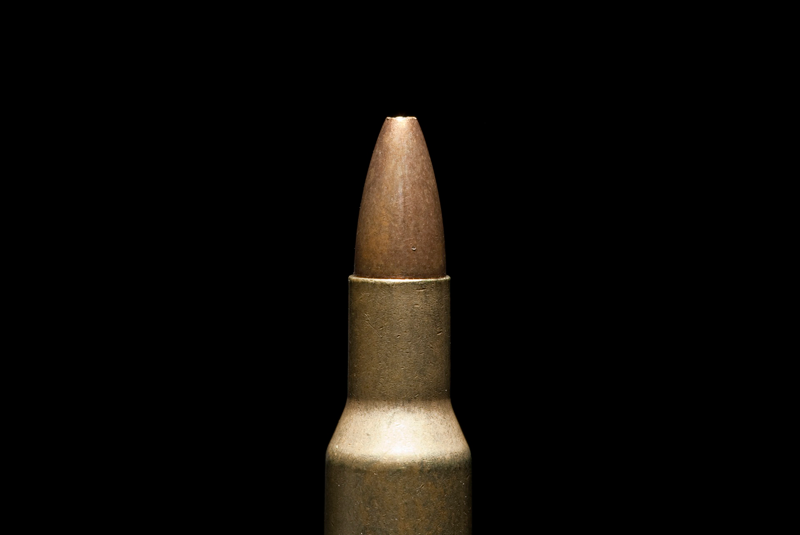
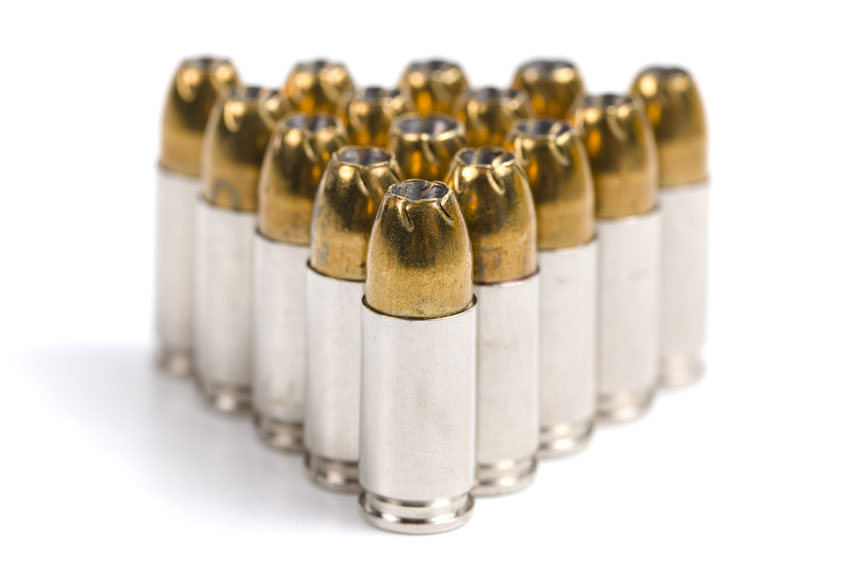

And It could be and was converted to a Cartridge revolver. ref site here:
https://collegehillarsenal.com/Colt-Model-1851-Navy-Navy-Cartridge-Conversion-Revolver-only-about-1000-altered#:~:text=General%20W.B.%20Franklin%2C%20Vice%20President%20of%20Colt%2C%20offered,via%20the%20Richards-Mason%20conversion%20system%20for%20%243.50%20each.
By 1875, Hickock’s 1851 Navy’s had been converted to fire both .38 Cal Rimfire and Center Fire Cartridges (via a floating firing pin). They continued to be his favorite carry guns up to his death in 1876. Those were also the pistols he used to showcase his skills with Buffalo Bill’s Wild West show. Hickock’s guns were converted using the Richards/Mason conversion which replaced the seating rod with an ejector, shortened the cylinder, and added a back plate with the floating firing pin to the frame.
Taylor Arms makes a replica of a Mason’s Colt.
Interestingly, Samuel Colt didn’t think cartridges would last and refused to adopt/adapt his gun line to the “Fad.” It was only after his death that under Colt’s new owner, Elisha Root, did Colt begin manufacturing the 1851 with the conversion as stock. That decision by Colt, was his worst business decision as it gave Smith & Wesson a leg up in the Cartridge Firing Pistol Arms Race.
James Butler Hickock, AKA Wild Bill Hickock, must have come back from the grave to be in Buffalo Bill’s Wild West show since the first performance was May 19, 1883
I believe that the pic is not a 1851 Colt.
Although the 1851 CAN be loaded with 25 grains of black powder, and will give velocities such as those reported here, that hot a load degrades accuracy. If you research the pre-made paper cartridges of the day, you will find that few exceed 20 grains, most run around 17, and a few were as slow and weak as 12 grains. My Pietta reproduction won’t even slam that ball through the forcing cone at 15 grains! It shoots best at 20-22 grains for round ball.
Colt; S & W; Rugger, etc. Revolver’s and Lever action Rifle’s is like bread n’ butter to every hardcore patriot Here in America.
The 1851 Navy falls far shy of the effectiveness of the 38 Special although neither is a powerhouse. 900 FPS with a 80 grain ball in the 1851 Navy versus 900 FPS with a 147 grain bullet in the 38 Special equates to a muzzle energy of 143 ft-lb in the 1851 Navy versus 245 ft-lb in the 38 Special
I don’t know why anyone would underestimate a black powder revolver whether it was modified for cartridges or was cap and ball….but…a 1851 Navy .36 cal is not as powerful as a comparable modern smokeless cartridge. Also the author seems to believe a .380acp is more powerful than a .38spl which is not the case at all. The .38spl puts a lot more energy downrange than the .380acp by achieving faster bullet speeds and larger grain bullets, but don’t just take my word, look up the velocities of standard factory ammo or reload data.
Comments are closed.